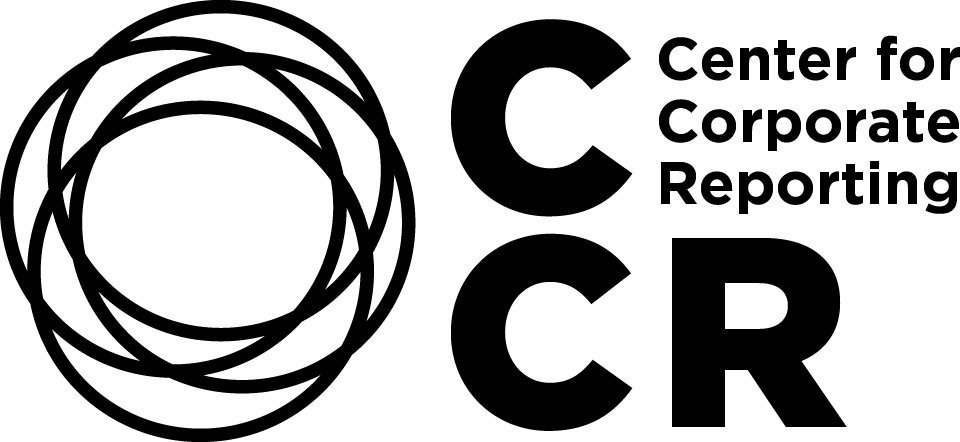The recent change of gear on sustainability is evident in the way companies are talking about everything from mega-trends and business strategy to corporate culture and innovation. It sometimes seems that sustainability (and ESG for that matter) is suddenly on everyone’s lips. Amid the cacophony, how can we distinguish companies that have a credible approach and are successful in putting sustainability at the heart of their communication strategies?
by James Osborne
The past 12 months have marked a watershed for sustainability and the role the business must play in promoting a better, fairer future and a green recovery: we’ve heard it at the political and institutional level; it’s crystal clear in financial markets’ rapid conversion to ESG investing; and we’ve reached a tipping point in consumer expectations too, as revealed lately by the People’s Climate Vote (UNDP/Oxford University), the biggest survey of its kind ever conducted.
To understand how companies should respond to this challenging agenda, it’s insightful to look at the practices of leaders in the field. At Lundquist, we conduct the .trust research to analyse how companies generate and preserve trust through their corporate and business communications, examining both the “substance” of their content (identity, strategy, leadership, employer branding, etc.) as well as “distinctiveness” (storytelling, openness, user experience). The best companies are those that manage to marry these two dimensions and achieve a high scoring on both axes.
Among the main findings of our 2020-2021 edition, carried out in the midst of the pandemic, we identified five key assets that drive successful communications, underpin credibility in the business and help in providing tangible examples of actions as evidence of a commitment to rewriting a new normal:
A purpose statement put to work as a “line of sight” guiding the strategic narrative
A clear, resilient and forward-looking business strategy
Sustainability as a concrete commitment to a better future
Innovation at the heart of business transformation
Leadership with a clear voice and human touch
Of the Swiss listed companies we considered (see summary of results and our whitepaper), 13 top performers stood out as the best in deploying these five assets (see chart).
What’s interesting is that the higher performance of these 13 leaders is not equally distributed across our evaluation protocol: while their average score is 30% higher than all companies considered, they outperform most in the sections about the Future of the Company (+70%) and Sustainability (+63%).
It’s a trend we can see across Europe, in particular the companies and brands that are recognised in driving the sustainable business agenda and reinventing business models around green, net-zero commitments, inclusion and circularity. Just look at the way companies such as Ørsted, IKEA, Unilever and Schneider Electric talk about sustainability. In Germany, examples are being set by companies as diverse as Adidas, Allianz, BASF and Bayer.
Our .trust research allows us to unpick what it means to put sustainability at the heart of credible communications by focusing on four areas of excellence: strategy, transparency, human storytelling and purpose.
The value of an integrated strategy
Strategy and transparency are certainly central to this focus on sustainability. These companies are able to go beyond a general commitment to environmental and social topics and show how material sustainability topics are part of a long-term, consistent approach that connects to the overall business strategy. For example:
62% of leaders not only discuss global trends influencing the business but also explain how their strategy responds to them;
92% of leaders dedicate ample space to their investment and innovation programmes and about two-thirds link innovation to the business strategy.
Ones to watch: Roche, Nestlé, Sika, Givaudan.
Being transparent about non-financial achievements
Still, sustainability is not just a long-term frame for the business strategy. As companies step up their ambitions (see the recent flood of “zero” and “net-zero” and science-based targets), these companies also give stakeholders the information and data to measure progress today towards non-financial targets and assess governance, policies and initiatives.
Over half of leaders lay out not just sustainability targets but also their progress towards them, almost always covering all three domains of ESG (environment, social, governance/business).
Ones to watch: Roche, Swisscom, Zurich Insurance.
Making a connection with human stories
Yet this is not the end of the story, so to speak. In seeking to respond to a broad range of stakeholders demanding action on sustainability, these leading companies are also making sustainability a focus of their storytelling initiatives. Not in a superficial way though, but as part of showing what their commitment and strategy means in practice.
All 13 leaders except one make sustainability a part of their storytelling, with most also covering topics such as innovation and business transformation;
All leaders use their stories to give voice to stakeholders, whether that be internal or external, and about a third of them do so in a systematic way to break down the self-celebratory tone so many companies are guilty of.
Ones to watch: Novartis, Nestlé, LafargeHolcim.
Beyond megatrends: “purpose” as a uniting frame
Purpose is very often the “glue” that binds together this kind of communication and helps puts global societal trends and sustainability at the heart of the business and innovation strategy. And it’s clear from our .trust research that many companies are re-thinking their “mission” in this new frame and exploiting this new perspective to integrate sustainability into all aspects of the business.
Ones to watch: Givaudan, Novartis, Roche.
In 2021, we’re looking at .trust in Europe by sector to track communications in the post-pandemic context. To find out more, write to me at james.osborne@lundquist.it.
James Osborne
I am partner and head of sustainability at Lundquist, a strategic communications consultancy, where I’ve worked on sustainability strategy and reporting, communications and engagement for over 12 years. With a background in financial journalism, I am fascinated by how communications can contribute to action on environmental and social issues and how digital technologies transform the way we inform and interact. Follow me on Twitter @jabosborne.




